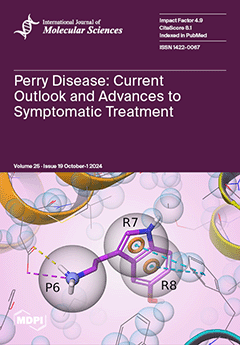Maternal obesity has been shown to impair the oxidative status in the placenta and newborns, potentially leading to adverse pregnancy outcomes and long-term effects on the programming of offspring metabolic status. This study aimed to investigate the impact of maternal obesity on maternal and umbilical cord plasma oxidative status, as well as placental oxidative adaptation. Maternal obesity (
n = 20), defined as a pre-pregnancy BMI ≥ 25 kg/m
2, and maternal leanness (
n = 20), defined as a pre-pregnancy BMI < 23 kg/m
2, were the group categories used in this study. Both groups were matched according to gestational age at delivery. Maternal blood, umbilical cord blood, and placental tissue were collected to assess nutritional content (cholesterol, triglyceride, and protein), oxidative stress markers (MDA and protein carbonyl), and antioxidant activity (SOD and catalase). Placental protein expression (SOD2, catalase, UCP2, and Nrf2) was evaluated using Western blot analysis. Catalase activity in maternal plasma significantly increased in the maternal obesity group (
p = 0.0200), with a trend toward increased MDA and protein carbonyl levels. In umbilical cord plasma, triglyceride, protein carbonyl, and catalase activity were significantly elevated in the maternal obesity group compared with the lean controls (
p = 0.0482, 0.0291, and 0.0347, respectively). Placental protein expression analysis revealed significantly decreased SOD2 (
p = 0.0011) and catalase (
p < 0.0001), along with Nrf2 downregulation (
p < 0.0001). An increase in mitochondrial antioxidant UCP2 expression was observed (
p = 0.0117). The neonatal protein carbonyl levels positively correlated with placental protein carbonyl (r = 0.7405,
p < 0.0001) and negatively correlated with maternal catalase activity (r = −0.4332,
p = 0.0052). This study thus provides evidence that maternal obesity is associated with placental and fetal oxidative stress, alongside a concurrent increase in placental antioxidant UCP2 expression.
Full article






